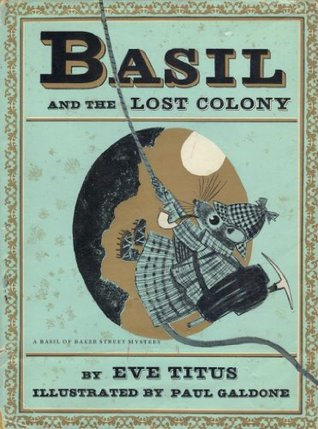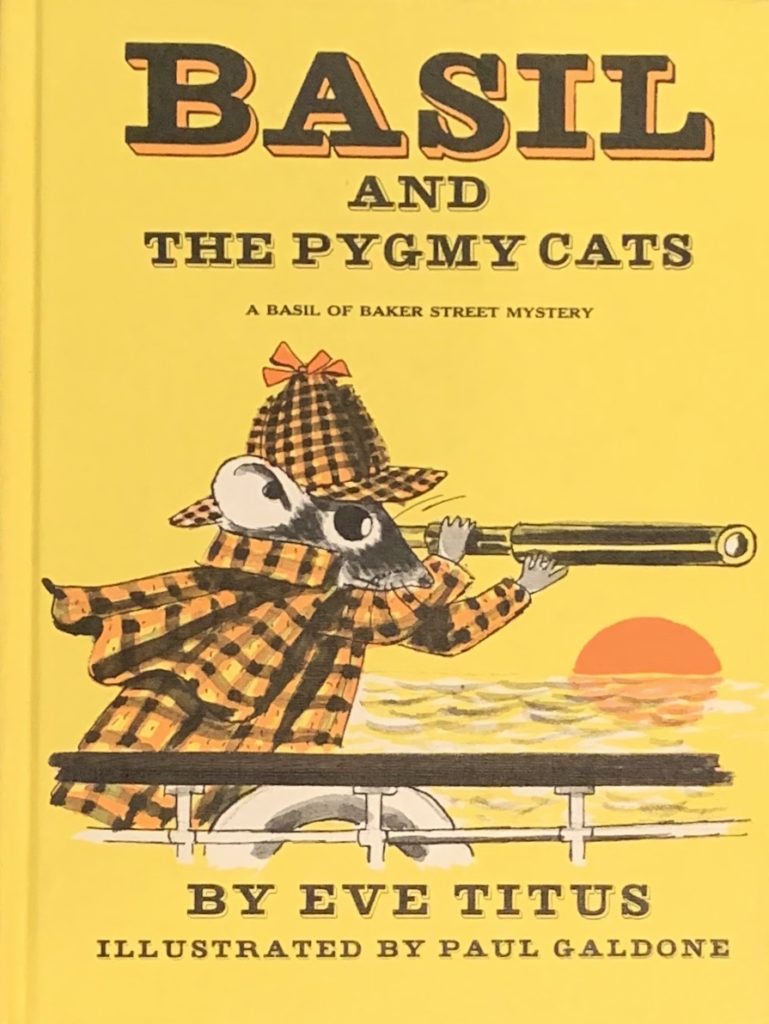
Posting two weeks in a row! Go me.
Down the TBR Hole was originally created over at Lost in a Story.
Most of you probably know this feeling, your Goodreads TBR pile keeps growing and growing and it seems like there is no light at the end of the tunnel. You keep adding, but you add more than you actually read. And then when you’re scrolling through your list, you realize that you have no idea what half the books are about and why you added them. Well that’s going to change!
It works like this:
- Go to your goodreads to-read shelf.
- Order on ascending date added.
- Take the first 5 (or 10, if you’re feeling adventurous) books
- Read the synopses of the books
- Decide: keep it or should it go?
- Keep track of where you left off so you can pick up there next week!

Mirror, Mirror Off the Wall: How I Learned to Love My Body by Not Looking at It for a Year by Kjerstin Gruys
Published: May 2, 2013
On TBR Since: May 29, 2013
As much as I enjoy a “Do A Thing For A Year” memoir, I’m not feeling this one anymore.
Stay or Go: Go

The Holy or the Broken: Leonard Cohen, Jeff Buckley, and the Unlikely Ascent of “Hallelujah” by Alan Light
Published: December 4, 2012
On TBR Since: July 23, 2013
“Hallelujah” is one of two songs I’ve learned a fingerpicking pattern for on ukulele. And I still want to read this.
Stay or Go: Stay

The Case For Make Believe: Saving Play in a Commercialized World by Susan Linn
Published: April 1, 2008
On TBR Since: August 14, 2013
This was under Professional Reading, but there are other, newer, more library-focused titles.
Stay or Go: Go

Focus: The Hidden Driver of Excellence by Daniel Goleman
Published: October 8, 2013
On TBR Since: August 21, 2013
I want to want to read it, but I just don’t.
Stay or Go: Go

Counterclockwise: My Year of Hypnoisis, Hormones, and Other Adventures in the World of Anti-Aging by Lauren Kessler
Published: June 4, 2013
On TBR Since: August 21, 2013
This one still looks like fun.
Stay or Go: Stay

All Joy and No Fun: The Paradox of Modern Parenthood by Jennifer Senior
Published: January 28, 2014
On TBR Since: October 28, 2013
Speaking of “fun”. And still interesting
Stay or Go: Stay

Chasing Shackleton: Re-creating the World’s Greatest Journey of Survival by Tim Jarvis
Published: January 7, 2014
On TBR Since: October 28, 2013
This is not even up for questioning. Next.
Stay or Go: Stay

A Wild Justice: The Death and Resurrection of Capital Punishment in America by Evan Mandery
Published: August 19, 2013
On TBR Since: October 28, 2013
I have feelings about capital punishment. I would like to have better-informed feelings.
Stay or Go: Stay

Ninety Percent of Everything: Inside Shipping, the Invisible Industry That Puts Clothes on Your Back, Gas in Your Car, and Food on Your Plate by Rose George
Published: August 6, 2013
On TBR Since: October 28, 2013
The reviews suggest this is more “stunt memoir” than “investigative journalism”, and I’m good with that.
Stay or Go: Stay

One Summer: America, 1927 by Bill Bryson
Published: August 1, 2013
On TBR Since: October 29, 2013
I generally enjoy Bryson’s writing, but I can’t quite get excited about this one.
Stay or Go: Go
Six staying, four going. Again. I wonder what was happening in June of 2013 – I seem to have abandoned GoodReads that month.







































